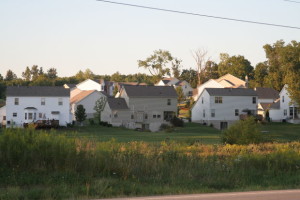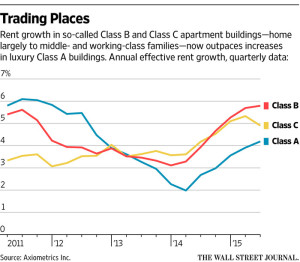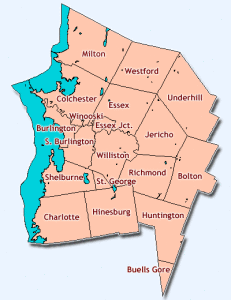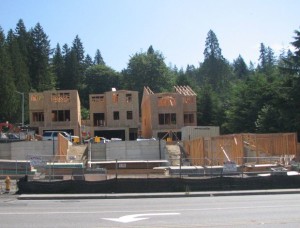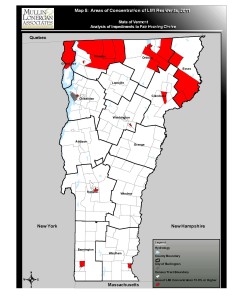Affordable housing, when it’s located near town centers or transit hubs, benefits not just its residents but the larger community. That’s because inclusive, diverse communities tend to enjoy more economic, social and cultural vitality that their exclusive counterparts. But there’s another argument for building more of this housing – which typically takes the form of multifamily, subsidized housing — in “locationally efficient” places: as part of a climate-change strategy mitigating greenhouse gas emissions.
Lower-income people drive less and use space more efficiently than non-low-income households. Therefore, a multi-unit complex occupied by lower income people is likely to produce lower levels of greenhouse gas emissions than a luxury complex with the same number of people.
So we learn from a new study for the California Housing Partnership, “Income, Location Efficiency and VMT.” VMT stands for vehicle miles traveled, the standard measure that climate-change plans try to reduce. The study, based on California data, concludes that “allocating land and funding to enable development of location-efficient areas in a way that is affordable to lower-income households is expected to yield greater VMT benefits per parcel and per person than allocating the same land to higher-income people.” After all, lower-income people not only drive less, they “own fewer cars, live in fewer rooms, and take up smaller shares of their buildings.” What’s more, they disproportionately prefer to live in location-efficient areas, the study says, further justifying the housing subsidies.
This study complements the literature that takes suburban sprawl and the single-family home to task as unsustainable. The per person carbon footprint of the residential multi-unit complex is less than for the tract home, as a piece in the Atlantic several years ago pointed out. Some of the anti-single-family screeds can be pretty shrill, like this one out of Seattle — a city where the administration even toyed with the heretical idea of banning single-family zoning.

